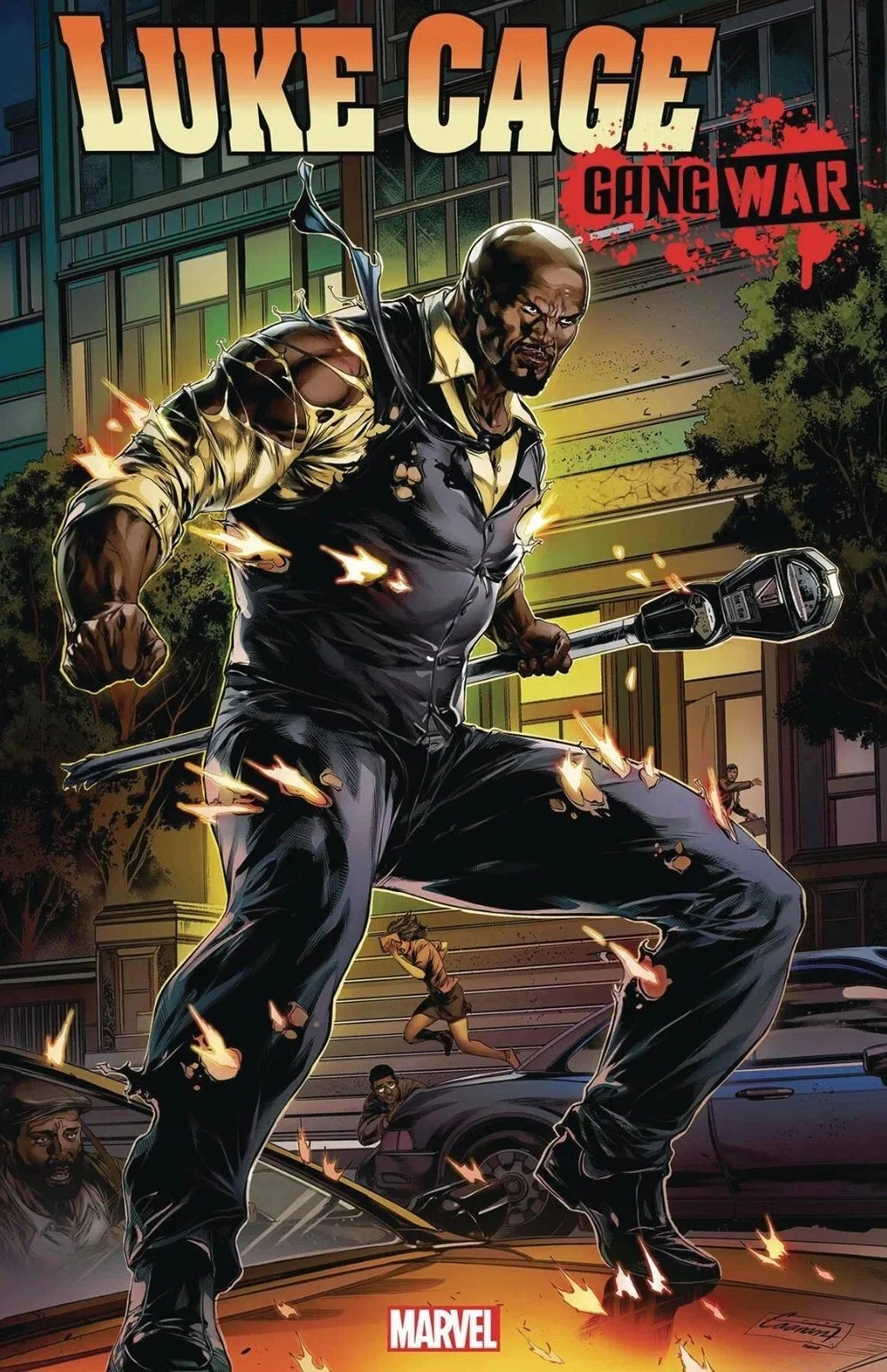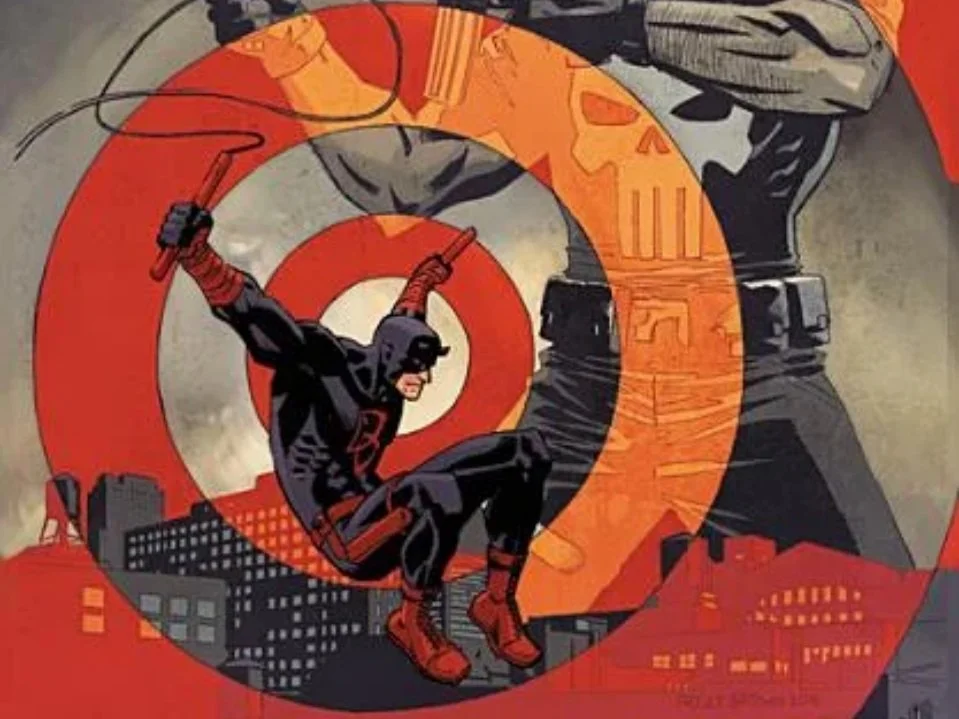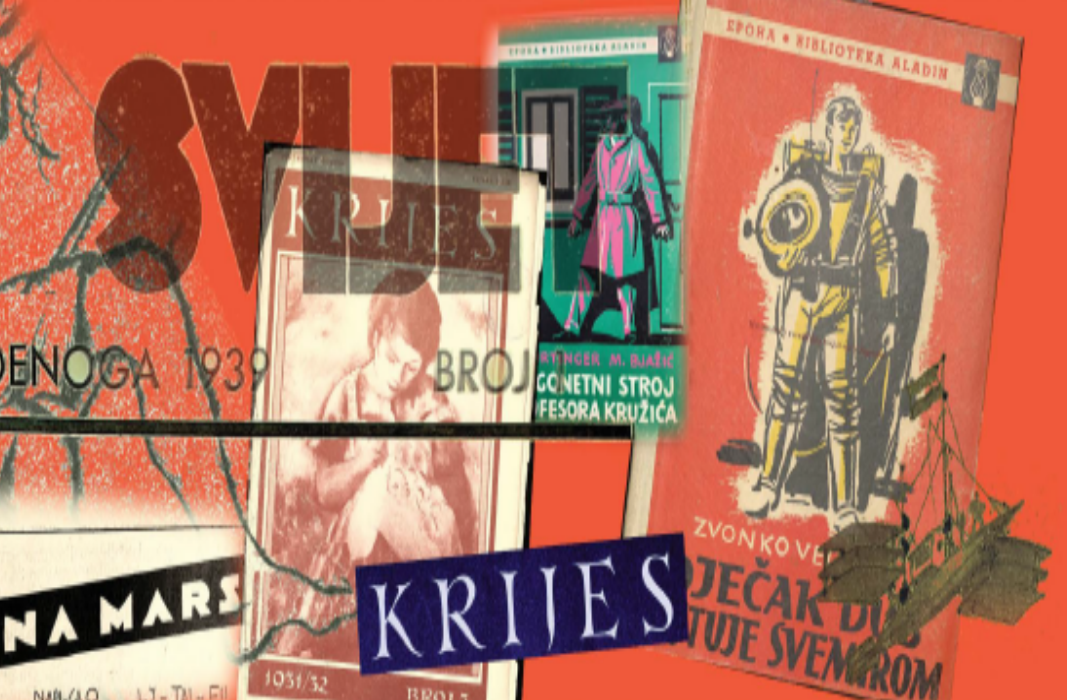Welcome to My Scholarship Blog!
Hi everyone,
Thank you for checking out the blog! The purpose of this blog is to update you on my scholarship. Updates will come in the form of short posts per scholarly product, meant to give you a sense of its aim(s) and core idea(s). When relevant, links to either a source or its reference will be provided. For topical shortcuts, check out the tags below.
Superhero Justice (2025)
The findings suggesting that people understand morally relevant actions involving antagonists differently than those involving others–coupled with the fact that various forms of this distinction feature heavily in superhero narratives (e.g., hero-villain, criminal-victim, innocent-guilty, malevolent force-unwitting host)–point to a potential area of scholarly inquiry when thinking about what it means to treat others fairly across different contexts.
U.S. and Indian Adults’ Perceptions of Superhero and Supervillain Moral Transgressions (2024)
Given the dearth of research on superheroes and supervillains, questions concerning the extent and nature of (apparent) normative and contextual features that influence people’s understanding of these characters are open ones. Are evaluations of certain acts committed by superheroes and supervillains more prone to certain localized cultural norms and understandings than others? What about attributions of certain traits?
Lucas Bishop (2024)
By trying to understand the nature of the decisions made by such a complex and multifaceted character (the X-Man Bishop)—one who, despite occupying various positions within and outside of the law across dystopian and non-dystopian social arrangements, consistently fights to alter them in the face of injustice—we may come to a slightly better understanding of ourselves.
Superheroes and Children’s Moral Understanding (2023)
The potential benefits of using superhero media as a context to study older children’s more interpretive or constructivist view of the mind may include familiar characters, the consistency of morally relevant considerations, and the frequent comparison of superheroes and supervillains across contexts that parallel those within children’s social worlds.
Luke Cage (2023)
Insofar public corruption, crime, and institutional distrust inform many Harlemites’ understanding of Harlem and their place in it, Luke Cage’s superhero mission needs to be understood as coterminous with Harlemites’ experiences, behaviors, and beliefs concerning these matters.
Capes, Conflict, and Co-Viewing (2021)
These discussions may stimulate children’s understanding of the events observed in superhero narratives and conceptual associations between these fictional events and everyday events they experience or witness.
Black Panther (2021)
Given the prevalence of superhero media and the general consistency between (1) increasing sociomoral capacities (as implicated in SDT-related findings)...and (2) the broadening of social life contexts inherent within the Washington State’s Grade Level Expectations for Social Studies…, films like Black Panther (2018) that readily portray characters expressing diverse viewpoints may assist educators in their goals of fostering the development of thoughtful, considerate, and respectful citizens.
Batman (2020)
...by analyzing Batman narratives through the lens of…the existence of distinct domains of social concepts and the importance of coordination to navigate situations with competing concepts or considerations…and centering Gotham as the primary unit of analysis, opportunities for reflecting on the relationship between understandings of God and understandings of the social world may become apparent.
U.S. Children’s Attitudes Toward Superheroes (2007)
Children may be drawn to superheroes not just because of their powers, but also because of the behaviour they promote. Therefore, a way to learn more about a child or student may be to learn about which superheroes they identify with and why.










